How to Install Device Drivers Manually on Windows 11 & 10
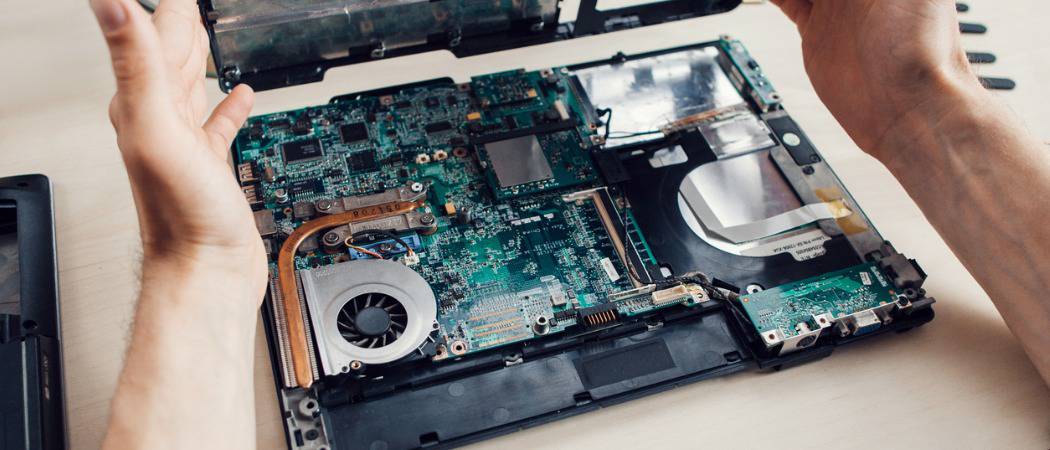
Windows will try to keep hardware drivers updated automatically, but it isn’t perfect. To install drivers manually on Windows 11 or 10, follow this guide.
Struggling with an installed component or attached peripheral on a Windows PC? A common troubleshooting fix is to update the device driver.
There are a couple of ways you can do this. You could try to update the driver using Windows Update or force Windows to search for new drivers in Device Manager. Unfortunately, this doesn’t always work—you may need to install the device drivers manually on Windows instead.
If you’re unsure how, this guide will show you how to install drivers manually on a Windows 11 or 10 PC.
Note: The screenshots for this article are for Windows 11; however, the steps are virtually the same on Windows 10.
Find Hardware Drivers to Update on Windows
If a component is causing problems or isn’t functioning optimally, and you want to install a driver manually, head to the manufacturer’s website. You can get updates from sites such as Lenovo, HP, Acer, and others.
Each site varies, but you’ll need information like the product type, serial number, and operating system version your PC is running. For example, some sites offer a tool that will scan your system so you can download the latest drivers. If you’re not sure about your hardware, install Speccy from the developers of CCleaner.
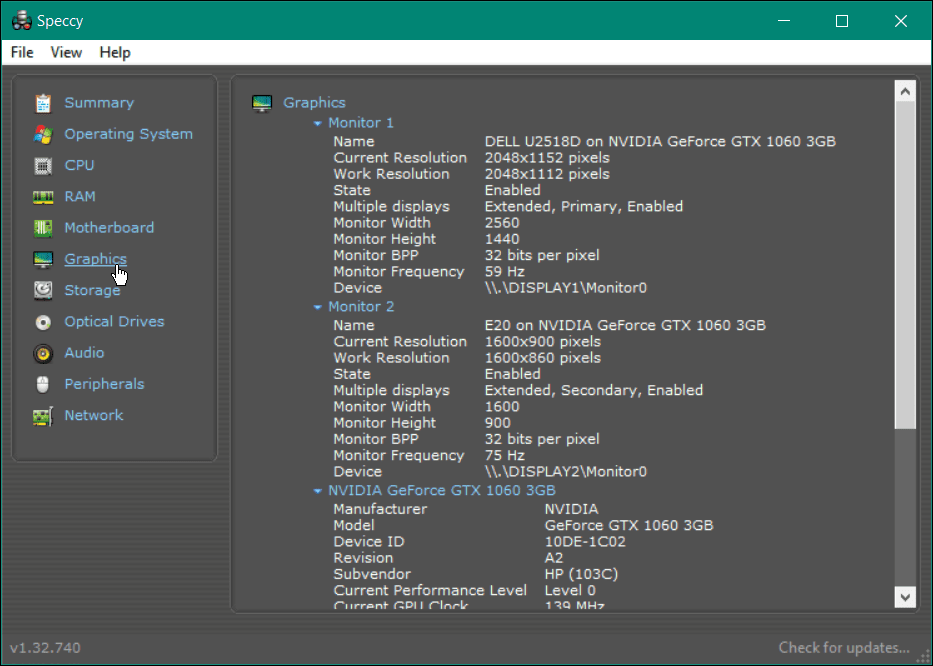

After finding your device on the manufacturer’s website, download the latest driver. Make sure to store the device driver in an easy-to-access location.
Manually Install Device Drivers on Windows
Once you have the correct driver files, it’s time to install the new device driver on your system.
To manually install a driver manually, use the following steps:
- Open the Start menu and search for device manager.
- Select the top result.

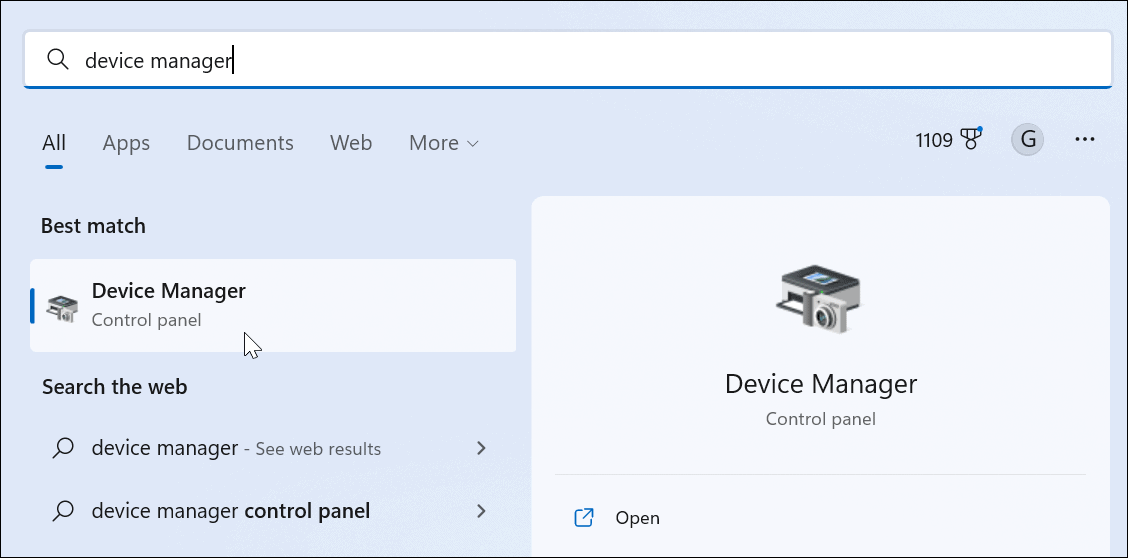
- When Device Manager opens, expand the branch for the device you want to install.
- Right-click the device and select Update driver from the menu.

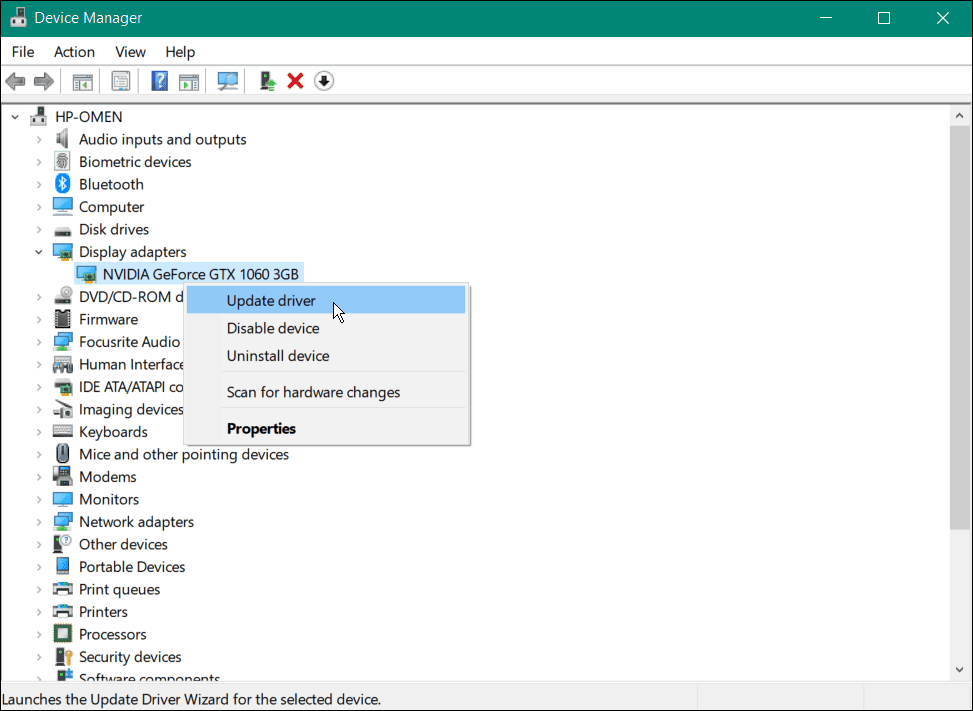
- On the following screen, select the Browse my computer for drivers option.

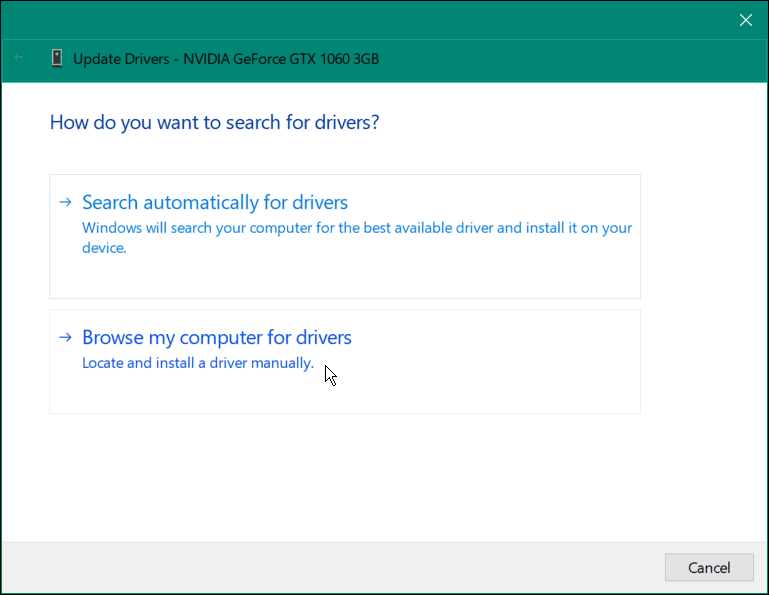
- Click the Browse button and navigate to the location of the driver installation files.
- Press Next.

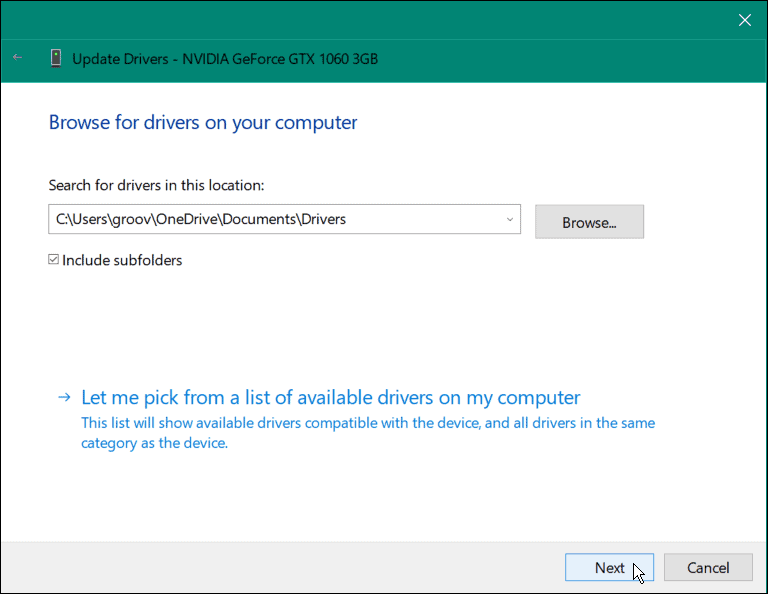
- You’ll see a progress bar during the driver installation process.

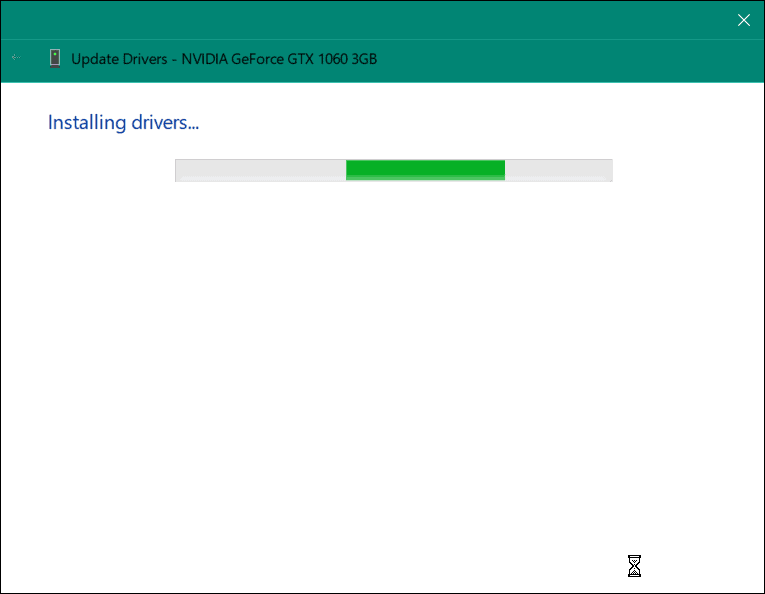
- After the driver installs, you’ll get a notification letting you know the installation was successful—press Close to complete the process.


After completing the steps above, your device’s driver is successfully updated. You may need to restart your PC for any changes to take effect fully, however.
How to Update Drivers on Windows 11 Using Settings
Windows 11 does a good job of keeping your device up-to-date. It installs system and security updates automatically in the background. However, you can manually install drivers from the Settings app if any are available.
To install drivers on Windows 11 manually:
- Press the Windows key and select Settings.

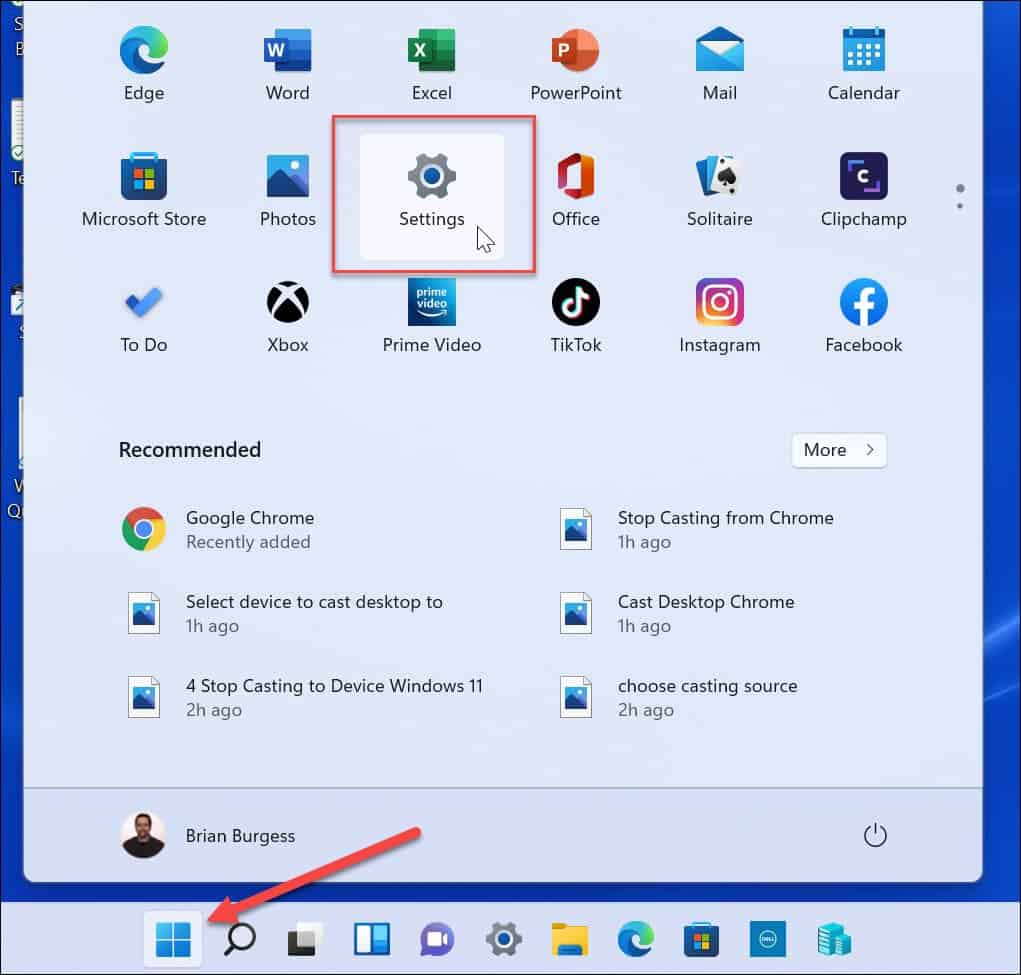
- Click Windows Update from the list on the left.
- If a hardware update is available, click the Download & install link to install the update.

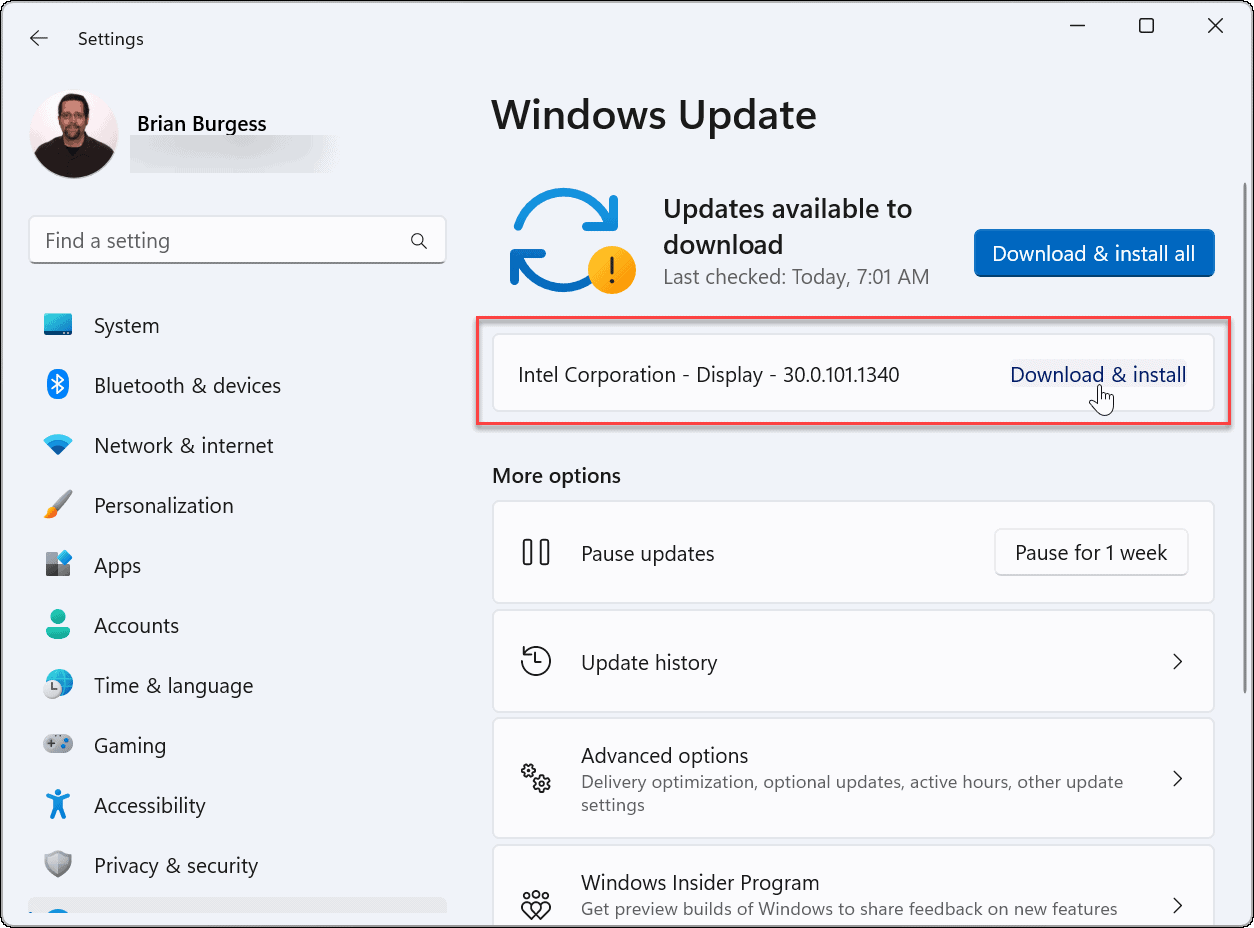
- You can also find hardware updates by clicking the Advanced options section in the Windows Update menu.


- Scroll down the list on the right to the Additional options section and click on Optional updates.

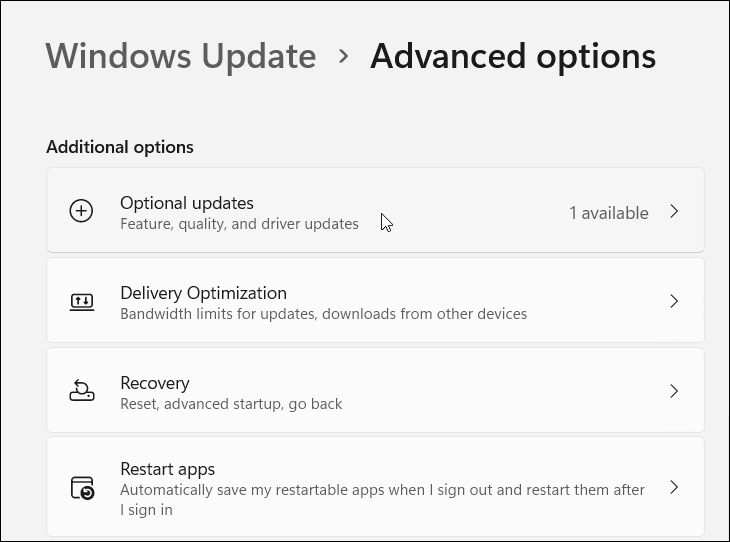
- If a driver update is available, select it and click the Download & install button.
Hardware Drivers and Windows
Your system can detect and configure most hardware through a basic set of drivers and Windows Update. However, there are times when it doesn’t catch driver updates, and you’ll need to install them manually. The steps above will help you install device drivers manually on a Windows 10 or 11 PC.
If your device or system has problems immediately following a driver update, you can always roll it back. Also, note that you can roll back the update if your system has issues after a cumulative update.
If you don’t want Windows updating your hardware, you can prevent it from auto-updating drivers. And since we’re doing things manually, take a look at updating Windows manually.
2 Comments
Leave a Reply
Leave a Reply

Wei
May 8, 2022 at 11:10 am
Hi Brian,
In your article ‘How to Install Device Drivers Manually on Windows 11 & 10, date May 6, 2022’ regarding using ‘Speccy’ from developer of CCleaner (Piriform) to scan PC system for info on product type, serial number, and operating system version; the ‘Free’ version of ‘Speccy’ is being flagged (detected) as a MALWARE by Microsoft’s Windows Security utility.
Is this true? Is it really a MALWARE underneath the hood of this utility? Should we install ‘Speccy’ or is there another similar utility we can use instead?
Brian Burgess
May 9, 2022 at 7:23 am
@Wei Speccy doesn’t contain malware. We have been using it for years. What could be causing the false positive is security add-ons in your browser. We attach an affiliate link to Speccy.
We tried to replicate your issue, and Windows Security doesn’t identify it as malware. Perhaps you’re using an antivirus software suite that isn’t Windows Security?